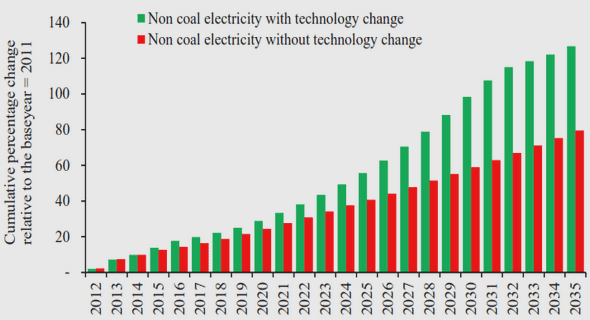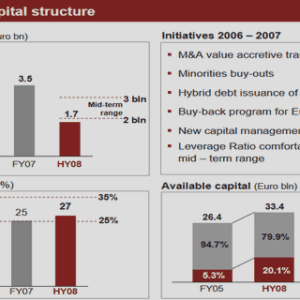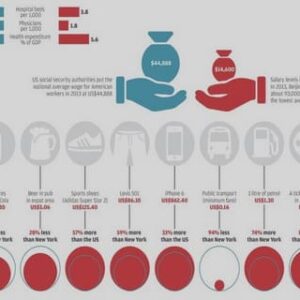(Downloads - 0)
For more info about our services contact : help@bestpfe.com
Table of contents
1. INTRODUCTION
1.1 Problem Background
1.2. Problem Discussion
1.3 Research Purpose and Research Questions
1.4 Delimitations
2. SCIENTIFIC METHOD
2.1 Choice of the Subject
2.2 Preconceptions
2.3 Ontology
2.4 Epistemology
2.5 Research Approach
2.6 Research Design
2.7 Ethics in Business Research
2.8 Literature Search
3. THEORETICAL FRAMEWORK
3.1 Portfolio Choice
3.2 Financial Risks
3.3 Efficient Market Hypothesis
3.3.1 Weak-form Hypothesis
3.3.2 Semi Strong-form Hypothesis
3.3.3 Strong-form Hypothesis
3.3.4 Critics of the EMH
3.3.5 The Adaptive Market Hypothesis
3.3.6 Implications of the EMH and Adaptive Market Hypothesis Theory
3.4 ESG Performance and ESG Rating
3.4.1 The Environmental Factor
3.4.2 The Social factor
3.4.3 The Governance factor
3.5 ESG and Stock Price Jumps
3.6 Hypotheses
4. LITERATURE REVIEW
4.1 Empirical Studies on ESG and Firm Performance
4.2 Empirical Studies on ESG and Risk Relationships
4.3 Empirical Studies on ESG and Biases
4.4 Summary of Previous Research
4.4.1 Empirical Studies on ESG and Firm Performance
4.4.2 Empirical Studies on ESG and Risk Relationships
4.4.3 Empirical Studies on ESG and Biases
4.5 Connecting Previous Studies
5. RESEARCH METHOD
5.1 Population and Sample
5.2 The Number of Stock Price Jumps as Dependent Variable
5.3 Independent Variables
5.3.1 ESG Score
5.3.2 Beta
5.3.3 Return on Assets
5.3.4 Debt to equity ratio
5.3.5 Earning per share
5.3.6 Volume
5.3.7 Market Capitalization
5.3.8 Total Debt
5.4 Data Collection
5.5 Regression Model
6. EMPIRICAL RESULTS
6.1 Descriptive Statistics
6.1.1 ESG Score
6.1.2 Descriptive Statistics for Dependent Variables
6.1.3 Correlation Matrix
6.2 Regression Results
6.2.1 ESG Score and Stock Price Jumps
6.2.2 ESG Combined Score and Stock Price Jumps
6.2.3 Environmental Score and Stock Price Jumps
6.2.4 Social Score and Stock Price Jumps
6.2.5 Governance Score and Stock Price Jumps
6.2.6 Hypothesis Testing Results
7. ANALYSIS
7.1 Empirical Results Discussion
7.1.1 Discussion on the ESG Score Results
7.1.2 Discussion on ESG Combined Score Results
7.1.3 Discussion on Environmental, Social and Governance Scores Result
7.2 Discussion Alongside the Previous Studies
7.3 Analysis of the Results Based on the Included Theories
7.4 Discussion Surrounding the Research Results over Studied Countries
7.5 Discussion Surrounding the Counteracting Effect in Study Results
8. CONCLUSIONS AND RECOMMENDATIONS
8.1 Conclusions
8.2 Societal and Ethical Implications of the Research
8.3 Theoretical and Practical Contribution
8.4 Limitations and Suggestions
9. TRUTH CRITERIA
9.1 Validity
9.2 Reliability
9.3 Generalizability
REFERENCES
APPENDICES
Appendix 1. List of the Companies Used in Study
Appendix 2. Correlation Matrix
Appendix 3. Regression Model Results over the Nordic Region Countries



